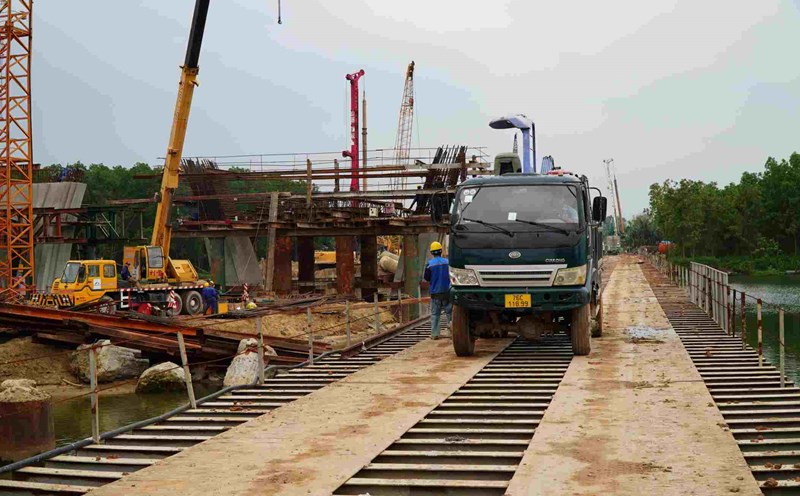Located in a small alley in District 6, house No. 341/10 Gia Phu Street still retains a secret basement called "Secret basement for printing documents of the Hoa Van Propaganda Department", which was used to print revolutionary newspapers, documents, and leaflets during a special period of the Revolutionary Press during the resistance war against the US.
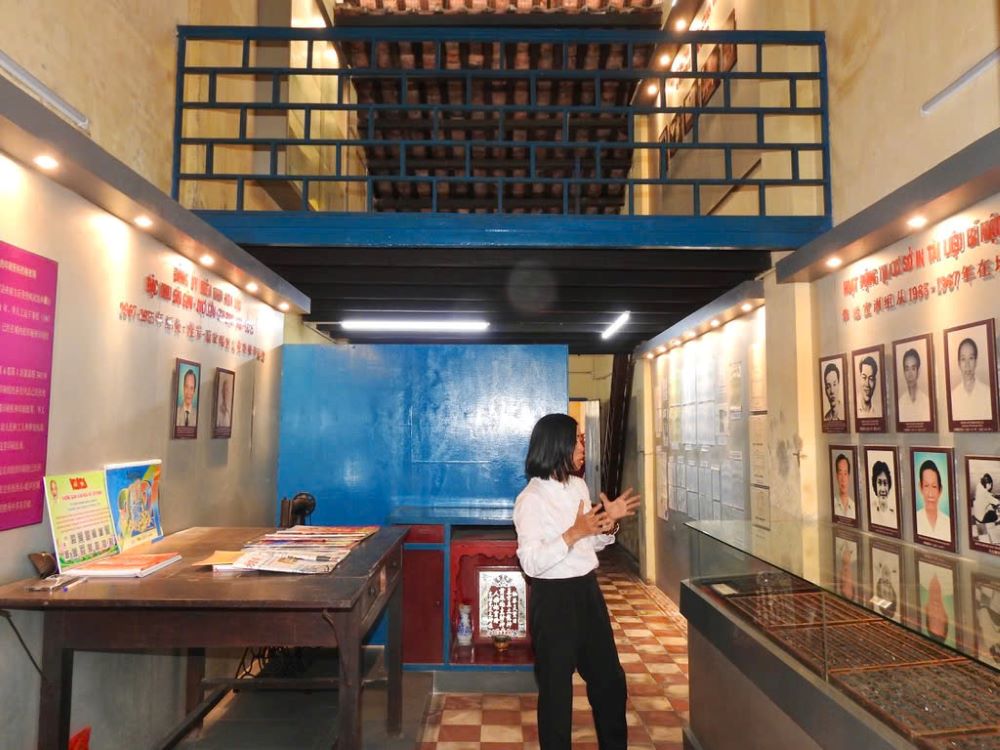
According to Ms. Truong Thanh - the person in charge of managing the relic - the tunnel was built in 1965, when the first printing facility on Go Cong Street (also in District 6) was at risk of being exposed. The location at 341/10 Gia Phu Street was chosen because it is located in an area with a residential area mainly occupied by workers, easy to disguise, and rarely notice. To legalize the residence, the organization arranged for two comrades Trinh Hue Ai and Hua Hoa Can to act as a couple renting a house, while other members played the role of children in the family.
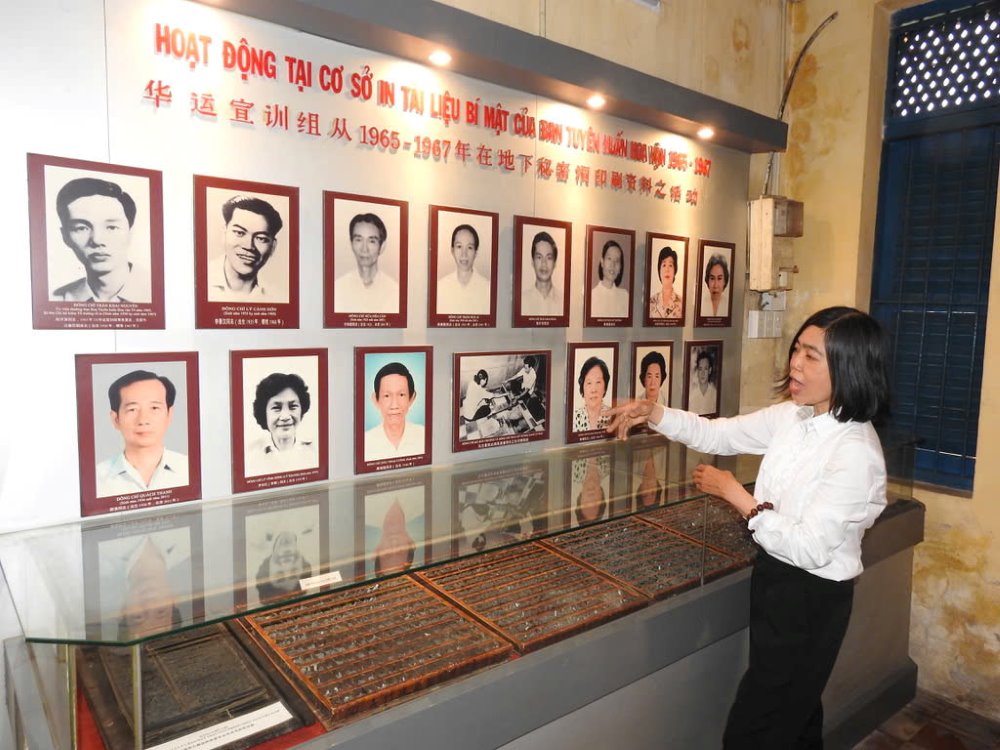
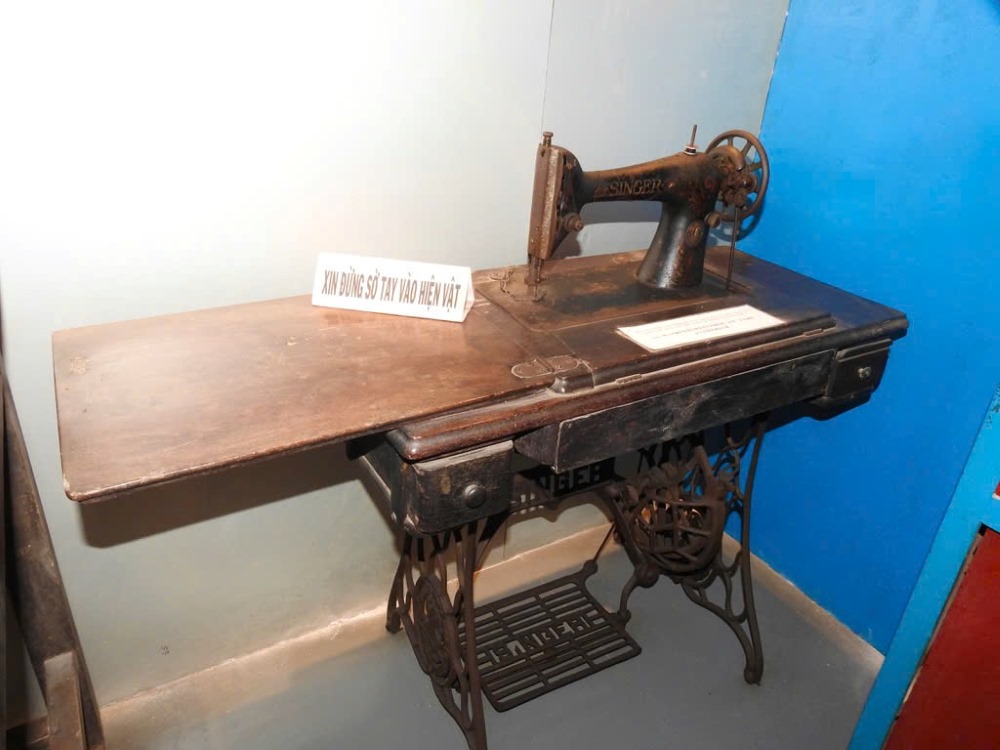
The house was disguised as a small garment factory, while the secret basement was dug right under the main house. The tunnel is 2.2 meters long, 1.6 meters wide and more than 1 meter deep, enough space for 3-4 people to work at the same time. The ventilation system leads to the back yard, the bottom of the tunnel is covered with canvas, the cement canvas is waterproof, the tunnel cover is covered with cotton bricks in sync with the floor, above is a bed and household items to hide the entrance to the tunnel.


During 10 years of operation (1965 - 1975), the printing team of the Propaganda and propagation Department has actively contributed to the dissemination of documents, news, Cong Nhan newspaper (since 1971 renamed Giai Phong newspaper and later Saigon Giai Phong Hoa Van newspaper), books, leaflets... in Chinese to propagate the Party's instructions and policies to the Chinese soldiers and people in Saigon - Cho Lon area and many other places, contributing to the victory in the resistance war against the American colonial army and people.
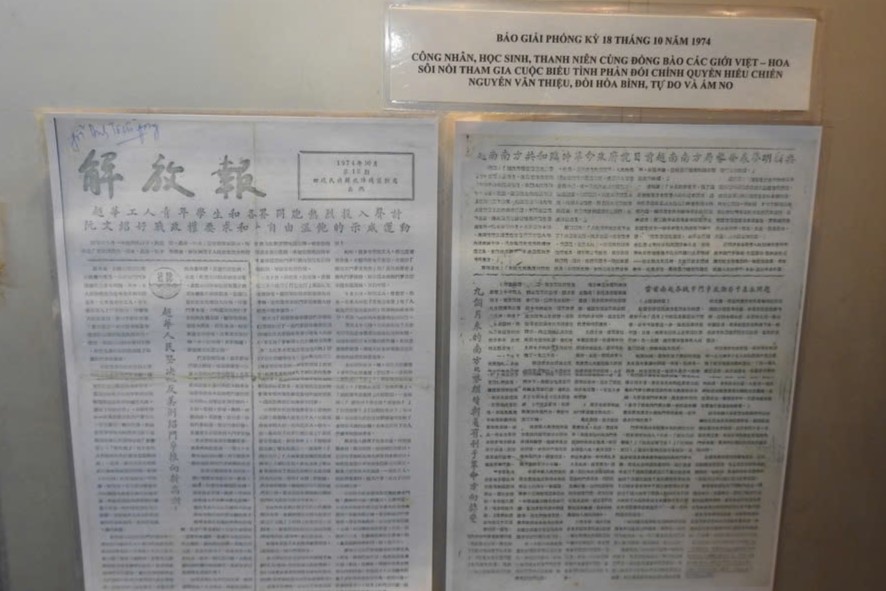
Because the printer could not be put into the basement due to the large size and noise, the members of the printing team improved the machine from cast iron to aluminum, installing silver bullets to film more smoothly. The printing process takes place at home, while the preparation of zinc, ink, paper and packaging takes place in the basement. A smaller side tunnel, 1.8 meters away, was dug further to prevent detection and was used as a place to hide printers or important documents.

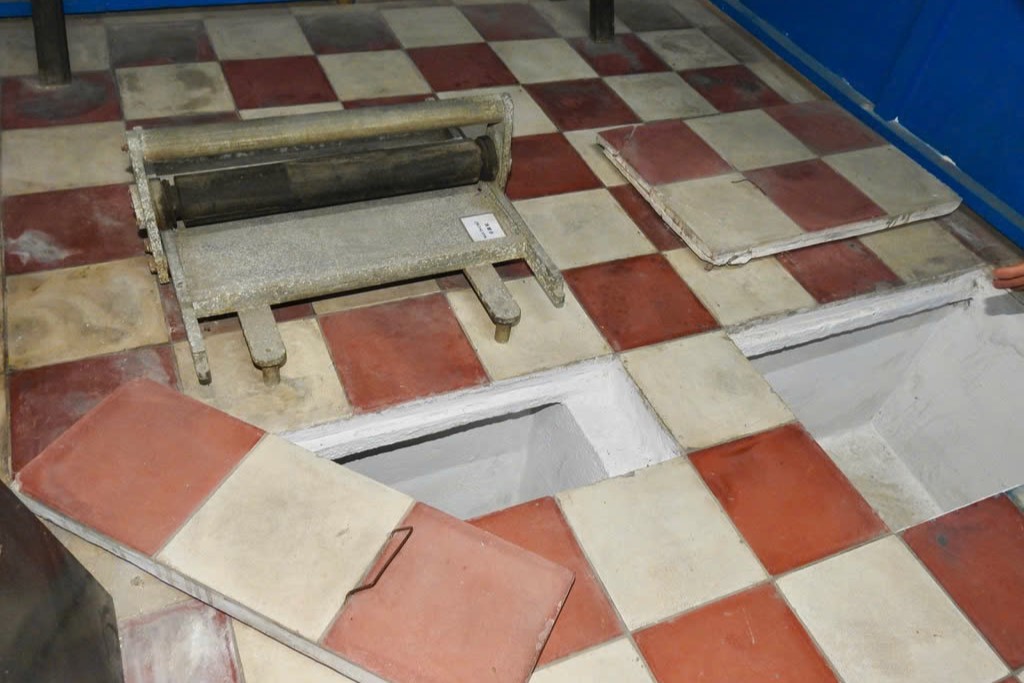
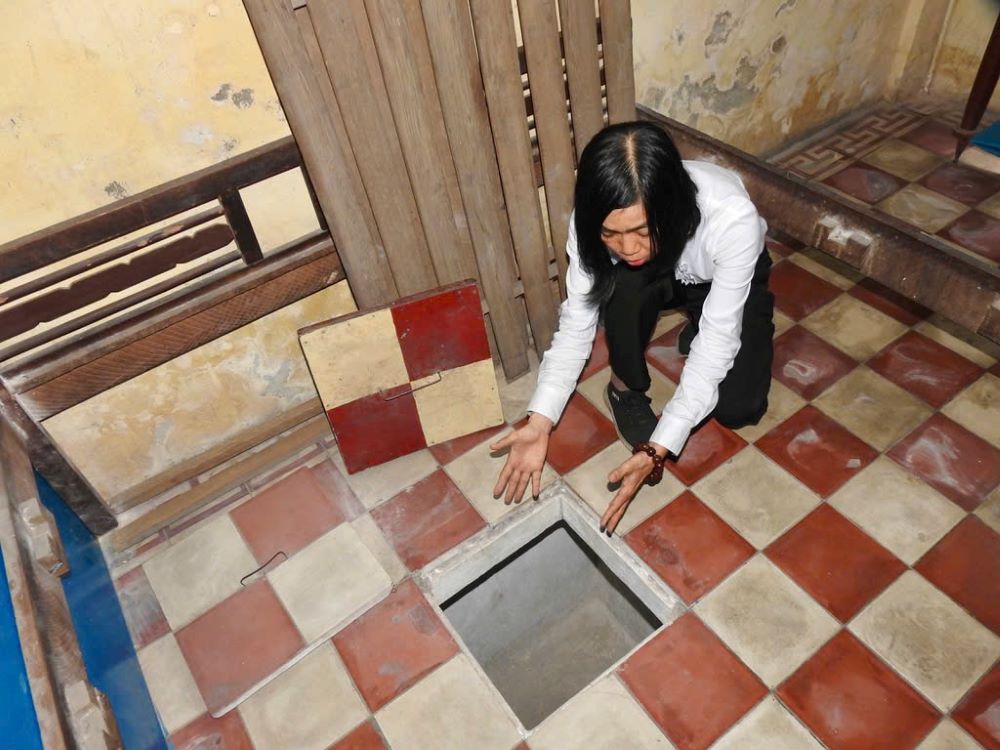

Today, the tunnel is still almost intact. When entering the tour, visitors can observe the ventilation system, old neon bulbs, small fans and restored items simulating the working conditions of newspapers in the past. The suffocating, stuffy space makes viewers feel more clearly the danger and determination of those who print newspapers in the hearts of the enemy.

Above the tunnel, the house is displayed as an introduction space with artifacts such as printing tables, printing paper, ink, boxes of counterfeit goods to transport documents, printer models, along with document images, tunnel arrangement diagrams and old newspapers and leaflets. The Vietnamese - Chinese bilingual description boards help serve a large number of domestic and foreign tourists.
Ms. Truong Thanh shared: This tunnel is not only a place for journalism, but also a part of the memories of the Vietnamese revolutionary press. We try to keep the structure and space as intact as possible.
The secret document printing tunnel relic at 341/10 Gia Phu Street was recognized by the Ministry of Culture and Information (now the Ministry of Culture, Sports and Tourism) as a National Historical Site under Decision No. 20091998/QD-BVHTT dated September 26, 1998. To date, this is one of the very few revolutionary press establishments during the resistance war against the US still in Ho Chi Minh City.




